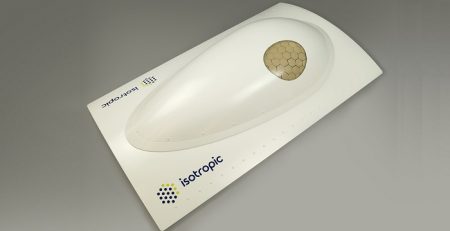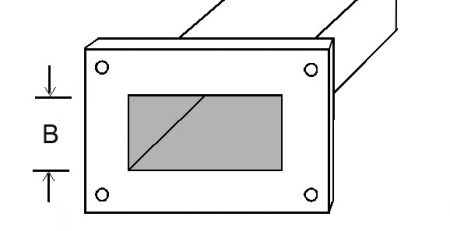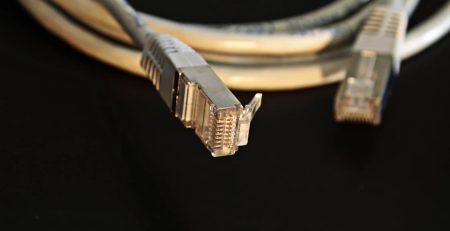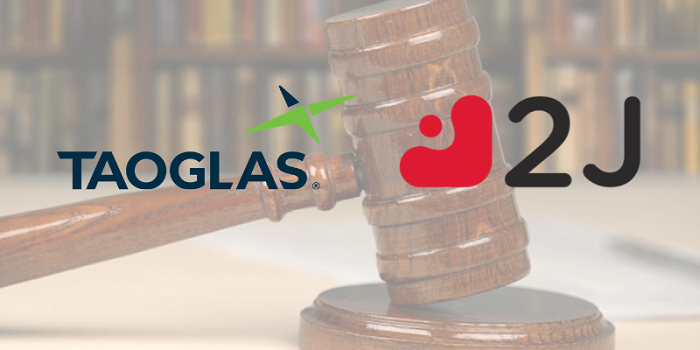Choosing the Right Cable Why Coaxial Offers Superior Performance
 Understanding Cable Types
Understanding Cable Types
Brief Overview of Common Cables
Cables form the foundation of contemporary communication networks, facilitating data transfer and connectivity across multiple platforms. The most common types of cables include twisted pair, fiber optic, and coaxial cables. Twisted pair cables are extensively utilized in telecommunications and networking contexts, featuring pairs of insulated copper wires twisted together to minimize electromagnetic interference. In contrast, fiber optic cables transmit data as light through glass or plastic fibers, known for their high-speed and high-bandwidth capabilities. Coaxial cables, constructed with a central conductor, dielectric insulator, metallic shield, and outer insulating layer, are acclaimed for their proficiency in carrying high-frequency signals with minimal loss.
Importance of Choosing the Right Cable
Choosing the right cable is paramount to ensure optimal performance and reliability of the communication system. The selected cable affects various aspects such as signal quality, transmission speed, and susceptibility to interference. Additionally, the appropriate cable type can enhance the lifespan of the equipment and reduce maintenance costs. Therefore, understanding the specific requirements of the application and the characteristics of different cables is essential for making an informed decision.
Factors to Consider When Selecting a Cable
When selecting a cable, several factors need to be considered. These include the type of data being transmitted, the environmental conditions, the distance over which the signal needs to travel, and the potential exposure to electromagnetic interference. Other considerations may include the required bandwidth, durability, cost, and compatibility with existing infrastructure. Evaluating these factors will help determine the most suitable cable for a particular application, ensuring both efficiency and effectiveness.
With a specialization in frequencies ranging from low frequencies up to THz frequencies, RFecho offers a wide range of innovative solutions to meet the diverse needs of its customers.
RFecho’s expertise lies in the design of various types of antennas, including standard gain horns, reflector antennas, CATR feeds, antenna arrays, corrugated horns, ridged horns, near field probes, planar antennas, and microwave frequency band antennas. Their capabilities also extend to the design of orthogonal mode couplers, polarizers, rotary joints, polarization duplexers, duplexers, angle trackers, and custom solutions. This comprehensive range of antenna designs ensures that RFecho can cater to a wide range of applications in fields such as remote control, telemetry, electronic countermeasures, electronic reconnaissance, data communications, satellite positioning, and radar.
In addition to their antenna expertise, RFecho offers a diverse range of passive and active products. Their passive products include various frequency bands, filters, power dividers, couplers, wave conversion components, load components, and waveguide components. On the other hand, their active products consist of low noise amplifiers, power amplifiers, phase shifters, and more. RFecho excels in designing products with high power, high integration, high difficulty, and special requirements, making them a preferred choice for customers with unique needs.
What is Coaxial Cable?
Structure and Composition
A coaxial cable is engineered with a distinct structure that makes it highly effective for transmitting high-frequency signals. It consists of a central conductor, typically made of copper or aluminum, surrounded by a dielectric insulator. This insulator is encased in a metallic shield, which serves to block external electromagnetic interference. The entire assembly is then covered by an outer insulating layer for protection. This layered construction allows coaxial cables to maintain signal integrity over long distances and in environments prone to interference.
How Coaxial Cables Transmit Signals
Signals are transmitted through coaxial cables by utilizing alternating current in the central conductor, while the shield serves as the return path. The dielectric insulator plays a crucial role in preventing signal leakage between the central conductor and the shield, thereby maintaining signal strength and quality. This transmission method is efficient for both analog and digital data. Consequently, coaxial cables are ideal for a broad array of applications such as television broadcasting, internet services, and security systems.
Advantages of Coaxial Cable
Signal Quality and Reliability
Resistance to Interference
One of the primary advantages of coaxial cable is its resistance to electromagnetic interference. The metallic shield, along with the dielectric insulator, prevents external electrical noise from affecting the signal, ensuring clear and consistent data transmission. This makes coaxial cables particularly useful in environments where electromagnetic interference is prevalent, such as industrial settings or crowded urban areas.
Consistent Performance Over Long Distances
Coaxial cable offers reliable performance over long distances, thanks to its robust construction. The central conductor and dielectric insulator work together to maintain signal integrity, reducing attenuation and ensuring that the signal remains strong and clear. This characteristic is especially beneficial for applications requiring stable and long-distance signal transmission, such as broadband internet or television services.
Versatility and Applications
Use in Various Environments
Coaxial cable is versatile and can be used in a variety of environments. It is suitable for both indoor and outdoor installations, capable of withstanding harsh weather conditions and physical wear and tear. The durable construction of coaxial cables ensures that they can endure demanding environments without compromising performance, making them an ideal choice for a wide range of applications.
Common Uses in Different Industries
Coaxial cable finds extensive use across numerous industries because of its dependability and efficiency. Within the telecommunications sector, it serves in delivering cable television and internet services. In the security domain, coaxial cables are integral to CCTV systems, ensuring clear and stable video transmission. Moreover, the medical field employs coaxial cables for diagnostic devices, while the aerospace industry relies on them for communication systems. This broad application highlights the adaptability and efficacy of coaxial cables across various fields.
Comparing Coaxial with Other Cables
Coaxial vs. Twisted Pair
Differences in Signal Transmission
The primary difference between coaxial cable and twisted pair cables lies in their signal transmission methods and susceptibility to interference. Coaxial cables transmit signals through the central conductor with a shielding mechanism to block interference, offering higher signal quality and reliability. In contrast, twisted pair cables use pairs of insulated wires twisted together to reduce interference, making them more suitable for shorter distances and less demanding applications.
Use Cases and Applications
Coaxial cable is favored for applications requiring high-frequency signal transmission over long distances, such as television broadcasting and internet services. Twisted pair cables, on the other hand, are commonly used in telephone systems and local area networks (LANs) due to their cost-effectiveness and ease of installation for shorter distances.
Coaxial vs. Fiber Optic
Benefits and Limitations of Each
Coaxial cable and fiber optic cables each have distinct benefits and limitations. Coaxial cables are known for their durability, resistance to interference, and cost-effective installation. However, they may not support the same levels of speed and bandwidth as fiber optic cables. Fiber optic cables, utilizing light to transmit data, offer higher speeds and greater bandwidth potential, making them ideal for data-heavy applications. However, they are more expensive and require specialized installation techniques.
Cost Implications
When considering costs, coaxial cable tends to be more economical compared to fiber optic cable, taking into account both material and installation expenses. Although fiber optic cables provide better speed and bandwidth, the significant initial investment and installation costs may not be warranted for every application. As a result, the decision between coaxial and fiber optic cables often depends on the specific needs and budget limitations of the particular project.
How to Choose the Right Coaxial Cable
Identifying Your Specific Needs
When selecting the appropriate coaxial cable for your needs, it’s crucial to identify the specific requirements of your application. This involves understanding the type of signal you need to transmit, the distance over which the signal must travel, and the environmental conditions in which the cable will be used. For example, a coaxial cable intended for home television service may differ significantly from one used in military communication systems. Factors such as signal frequency, potential interference, and physical durability should all be taken into account. Understanding these needs will help you choose a coaxial cable that provides reliable performance and longevity.
Key Specifications to Look For
There are several critical specifications to consider when choosing a coaxial cable. These specifications are essential for ensuring optimal performance and alignment with your application’s requirements.
Impedance
Impedance is one of the most vital characteristics of a coaxial cable, defined as the resistance to alternating current in the cable. Common impedance values for coaxial cables are 50 ohms and 75 ohms. The 50-ohm cables are predominantly used in data communication and radio frequency applications, while 75-ohm cables are common in video and television broadcasting. It’s essential to match the impedance of the coaxial cable with the impedance of your devices to avoid signal reflection and loss.
Shielding Types
The shielding type in a coaxial cable is crucial for safeguarding the signal against electromagnetic interference (EMI). Different shielding types exist, such as braided, foil, and combination shields. Braided shields provide excellent flexibility and durability, making them ideal for applications that involve frequent movement or bending. Foil shields offer superior protection against high-frequency EMI but may lack durability. Combination shields, which incorporate both foil and braid, combine the advantages of both types, delivering comprehensive protection and durability.
Frequency Range
The frequency range that a coaxial cable can effectively carry is another crucial factor to consider. Higher-frequency signals require cables with low attenuation and high-quality construction to maintain signal integrity. Coaxial cables are rated for specific frequency ranges, which should align with the requirements of your application. For instance, cables used in satellite communications need to support higher frequencies compared to those used for standard cable television.
 Maintaining and Installing Coaxial Cables
Maintaining and Installing Coaxial Cables
Proper maintenance and installation practices are essential to ensure the longevity and performance of your coaxial cable.
Tips for Proper Installation
Effective installation of coaxial cable involves several best practices. Firstly, avoid bending the cable beyond its specified bend radius to prevent damage to the internal structure. Use appropriate connectors and ensure that they are securely attached to prevent signal loss or interference. Additionally, if the cable is being installed outdoors, use weatherproof materials and proper grounding techniques to protect it from environmental factors. Minimizing distance from power sources and other potential sources of EMI can also help maintain signal quality.
Regular Maintenance Practices
Regular upkeep of coaxial cable is essential for maintaining its performance over time. Regularly examine the cable for indications of wear, corrosion, or physical damage, and promptly replace any compromised sections. Verify that all connections are secure and free from corrosion. Periodically testing the signal strength and quality can help detect any potential issues early. Adopting these maintenance practices can greatly extend the lifespan of your coaxial cable and ensure dependable operation.
Frequently Asked Questions about Coaxial Cables
Q: What are the common uses for coaxial cables?
A: Coaxial cables are versatile and commonly used in various applications, including cable television, internet services, security camera systems, and audio-visual setups. Their ability to carry high-frequency signals with minimal interference makes them suitable for both residential and commercial use.
Q: How do I choose the right impedance for my coaxial cable?
The impedance of your coaxial cable must align with the impedance of your connected devices for optimal performance. Typical impedance values are 50 ohms for data and RF applications, and 75 ohms for video and television broadcasting. Refer to your equipment specifications to identify the correct impedance.
Q: Can coaxial cables be used outdoors?
Certainly! Here is the rewritten content: A: Indeed, coaxial cables can be utilized outdoors, provided they are specifically engineered for such conditions. These cables are equipped with extra protective features like weather-resistant jackets and UV protection. Proper installation practices, including adequate sealing and grounding, are crucial to safeguard the cable from environmental elements and to maintain dependable performance.
By following these guidelines and considering the outlined factors, you can effectively choose, install, and maintain coaxial cables for a wide range of applications, ensuring their performance meets your specific needs.
One of RFecho‘s standout products is their high-quality cables. RFecho’s cables are designed with precision and reliability, ensuring optimal performance in various applications. Whether you require coaxial cables, waveguide cables, or custom cable solutions, RFecho has you covered. Their cables are known for their durability, low signal loss, and excellent transmission characteristics, making them ideal for demanding applications in the field of telecommunications, aerospace, defense, and more.
RFecho has established strong partnerships with renowned institutions and companies worldwide, including Cambridge University, Oxford University, Harvard University, Tsinghua University, Peking University, Facebook, Google, and the China Metrology Institute. These collaborations highlight RFecho’s outstanding innovation capabilities and position them as a key partner in the industry. With a dedicated and experienced team, RFecho has also become a prominent distributor for many global RF companies.


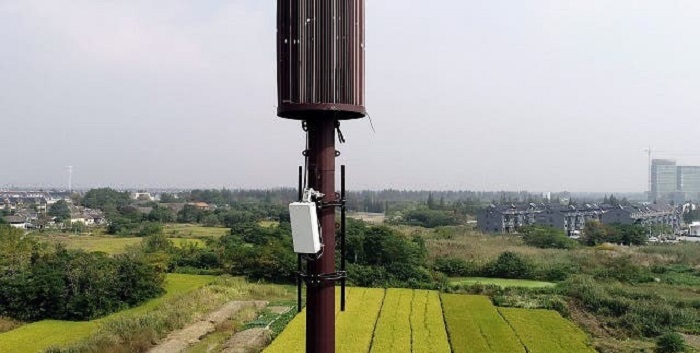
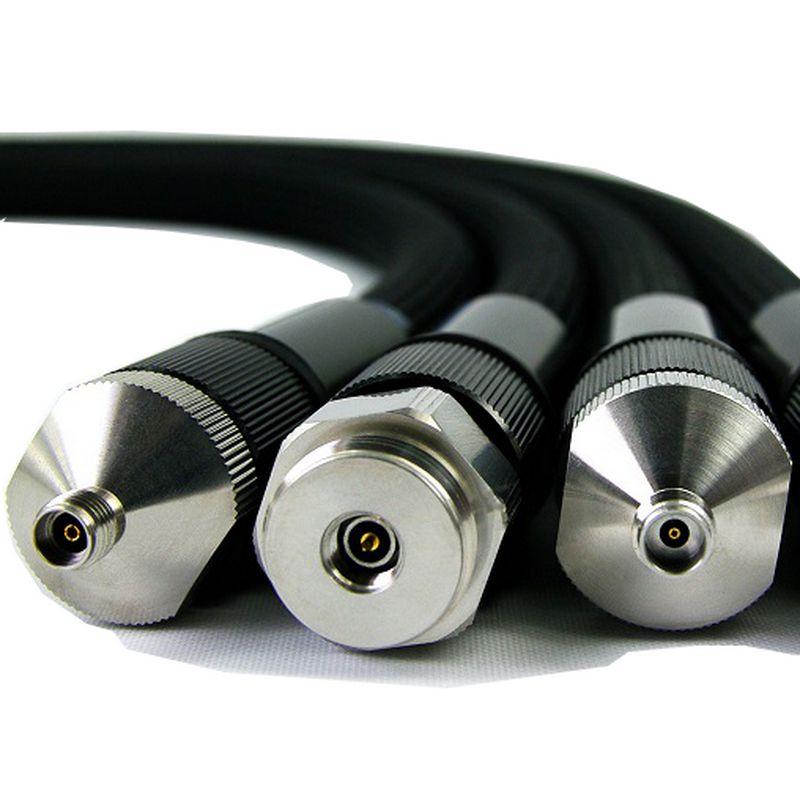 Maintaining and Installing Coaxial Cables
Maintaining and Installing Coaxial Cables